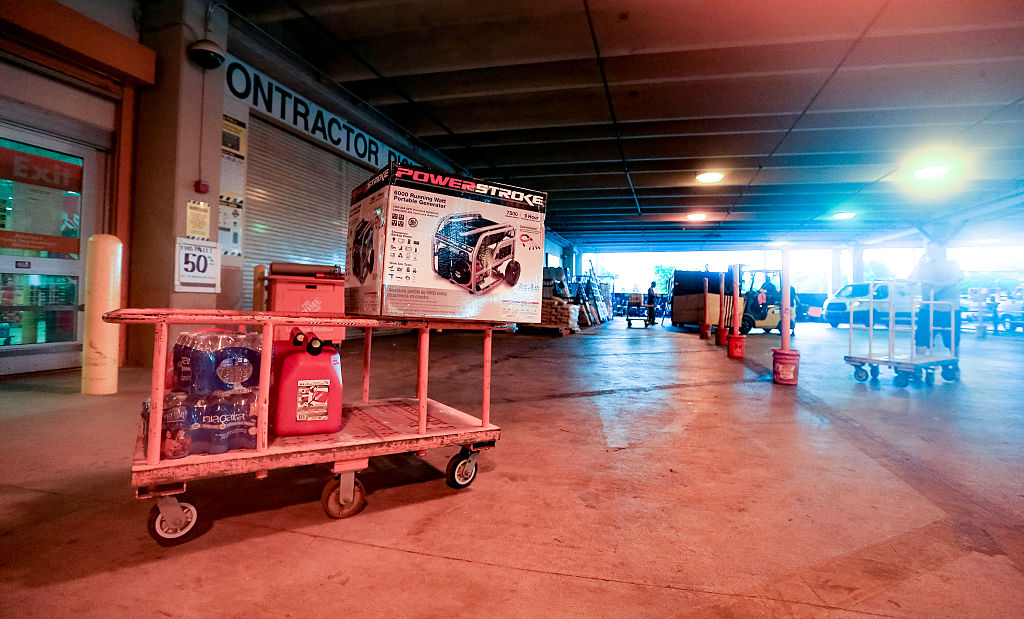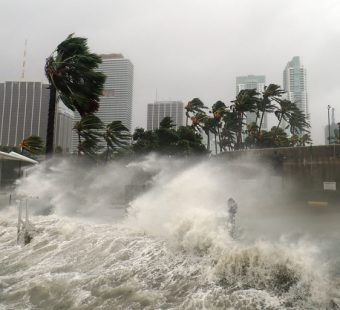
Use a generator safely when a hurricane strikes
By James Ballot, Senior Advisor, Strategic Communications, Triple-I
On October 1, Hurricane Delta hit Louisiana as a Cat. 2 storm, cutting power to almost 700,000 residents and causing further setbacks to people in that region who were still recovering from Hurricane Laura, the Cat. 4 storm that ravaged the region in late August.
Residents in hurricane-prone regions commonly rely on emergency power generators to aid in recovery from storms and other catastrophes. Nevertheless, many home and businessowners lack knowledge and training to safely run these devices: of the more than 30 lives lost to Laura and Delta nearly one-third were caused by fires or carbon monoxide (CO) poisoning due to improper use of emergency power generators.
If you own a generator or are considering purchasing one as part of your emergency preparedness planning, the Triple-I encourages you to follow guidance put forth by the Center for Disease Control, State Farm, Travelers and other reliable sources, including:
- Never leave a generator running when you are away from your home or business and check generators regularly during operation.
- Use generators (and gas-powered equipment) at least 20 feet away from doors, windows and vents—and maintain a clear space of three to four feet on all sides and above the generator to allow for proper ventilation.
- Always have working carbon monoxide (CO) detectors and smoke alarms in your home
- Do not try to refuel a generator while it is running.
William Davis, the Triple-I’s Georgia Media Relations Director adds, “Before a storm knocks out electricity, generator owners need to learn how to use them safely. Generators can be life savers in time of need, but they can also be killers!”



